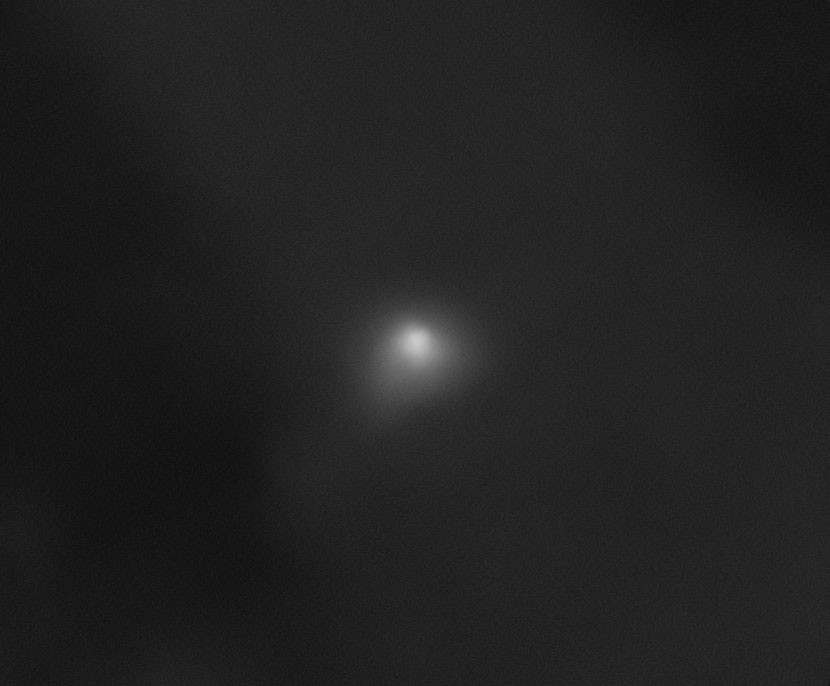The cosmos is a vast, ancient sea, and every so often, a truly remarkable wave breaks on our shores. Comet 3I/ATLAS is one such event, an enigmatic wanderer from beyond our solar system, offering humanity a rare glimpse into another star’s distant domain. What makes this particular visitor even more compelling isn’t just its origin, but the incredible way NASA’s diverse array of scientific instruments has turned its collective gaze upon it, transforming a fleeting celestial spectacle into a profound learning opportunity. It’s a testament to the power of multi-faceted observation, painting a detailed portrait of an object that has traveled unimaginable distances to reach us.
An Alien Wanderer’s Tale
Comet 3I/ATLAS earned its intriguing “3I” designation by being the third confirmed interstellar object ever detected. Unlike the familiar comets that originate from the Kuiper Belt or Oort Cloud within our own solar system, 3I/ATLAS began its journey around another star entirely. Imagine a traveler arriving from an unknown land, carrying stories and fragments of an alien culture. This comet is precisely that for astronomers: a pristine sample of material from a planetary system far, far away, unaffected by the Sun’s radiation or our solar system’s gravitational tug for billions of years. Its presence allows scientists to study the building blocks of other worlds firsthand, without needing to send a probe across interstellar space.
The significance of such an object cannot be overstated. It provides clues about the chemical composition of other nebulae where stars and planets form, offering insights into whether the raw materials for life might be common throughout the galaxy. By analyzing its dust and gases, researchers can infer the conditions that existed when this comet, and by extension, its home star system, first came into being. It’s a direct link to the cosmic ancestry of another star, a unique opportunity that interstellar visitors rarely afford us.
A Symphony of Sensors: NASA’s Unrivaled View
Observing an object as dynamic and distant as Comet 3I/ATLAS requires more than just one set of eyes. NASA, in collaboration with ground-based observatories worldwide, orchestrated a magnificent symphony of sensors to capture every possible detail. Each instrument, operating at different wavelengths, contributed a unique piece to the cosmic puzzle.
For instance, the iconic Hubble Space Telescope, with its unparalleled optical and ultraviolet capabilities, provided breathtaking images of the comet’s nucleus, its expanding coma (the cloud of gas and dust), and its developing tail. These observations allowed scientists to track changes in its activity, measure its size, and study the morphology of its ejected material. Meanwhile, infrared telescopes, like the now-retired Spitzer Space Telescope and the ongoing NEOWISE mission, peered through the dust to reveal its temperature and the composition of its icy components. Infrared light is particularly good at detecting the types of dust grains and volatile molecules that might be present, offering a chemical fingerprint of its distant home.
This multi-wavelength approach is critical because different wavelengths of light interact with matter in distinct ways. Visible light shows us the overall shape and brightness, while infrared can tell us about temperature and molecular bonds. Ultraviolet light might reveal specific gas emissions. Together, these “many eyes” create a comprehensive, multi-dimensional view far richer than any single instrument could achieve. As one simulated expert from the field put it, “An interstellar comet like 3I/ATLAS isn’t just a pretty light show; it’s a cosmic time capsule. Each wavelength of light we capture tells us a different chapter of its journey and its distant home star system.”
Unlocking Cosmic Secrets
The detailed scrutiny of 3I/ATLAS goes beyond mere observation; it’s about unlocking profound cosmic secrets. By comparing its characteristics to comets from our own solar system, scientists can identify unique traits that might signify its extraterrestrial origin. Are its dust grains different? Does it contain unexpected chemical compounds? These are the questions that can begin to paint a picture of alien planetary formation.
The journey of 3I/ATLAS through our solar neighborhood was brief, but the data collected will fuel scientific papers and discussions for years to come. It underscores the incredible value of having a robust suite of observational tools at our disposal – from Earth-based behemoths to orbital guardians. Each contributes to a shared understanding, pushing the boundaries of what we know about the universe and our place within it.
The passage of Comet 3I/ATLAS was more than just a fleeting astronomical event; it was a profound scientific opportunity, brilliantly capitalized upon by NASA’s diverse observational capabilities. It reminded us that the universe is constantly sending us messages, and with the right instruments and human ingenuity, we are increasingly able to read them. This interstellar visitor not only offered a window into another star system but also highlighted the immense power of looking at the cosmos through many different eyes, each revealing a new layer of wonder.




